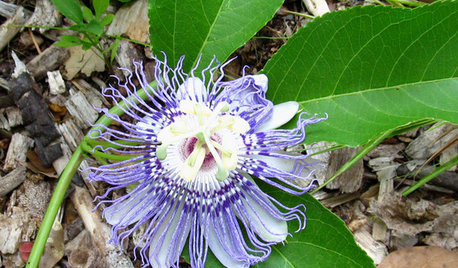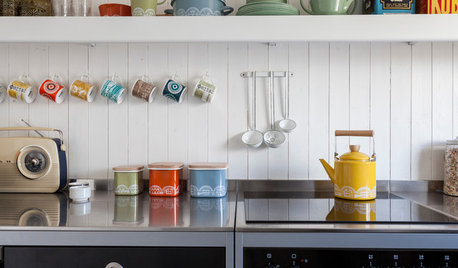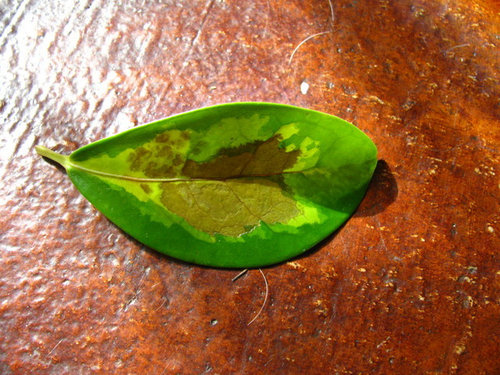Hawaiian Shef, brown leaf spots
Polly381
11 years ago
Related Stories

GARDENING GUIDES10 Drought-Tolerant Shrubs That Thrive in Full Sun and Reflected Heat
Got a hot spot in your garden where plants often die? Try these tough shrubs that add beauty while shrugging off the heat
Full Story
GARDENING GUIDESGreat Design Plant: Passiflora Incarnata
Enjoy the amazing flowers and edible fruit of U.S. native Passiflora incarnata (also known as maypop) — the butterflies sure do
Full Story
LIFEHow Do You Make Your Tea and Coffee in the Morning?
A morning cup is a must for many, and preparation comes in many guises. We look at coffee and tea habits across the Houzz community
Full Story
DECORATING GUIDESSo Your Style Is: Tropical
Easygoing and natural with an exotic allure, rooms designed with a tropical feel exude warmth and graciousness
Full Story
HOUSEPLANTSOne Pot, One Big Shot of the Tropics
Give your rooms exotic flair in a single stroke. Tall Kentia palm fits the tropical bill beautifully
Full Story









tapla (mid-Michigan, USDA z5b-6a)
Polly381Original Author
Related Professionals
Beachwood Landscape Architects & Landscape Designers · Fillmore Landscape Architects & Landscape Designers · Manorville Landscape Architects & Landscape Designers · South Orange Landscape Architects & Landscape Designers · Edmond Landscape Contractors · Battle Ground Landscape Contractors · Bristol Landscape Contractors · East Lake-Orient Park Landscape Contractors · El Segundo Landscape Contractors · Emmaus Landscape Contractors · Florham Park Landscape Contractors · Arkansas Interior Designers & Decorators · Ashwaubenon Interior Designers & Decorators · Glenbrook Interior Designers & Decorators · Queens Interior Designers & Decoratorstapla (mid-Michigan, USDA z5b-6a)
Polly381Original Author
tropicbreezent
Polly381Original Author
greenlarry
tropicbreezent
tapla (mid-Michigan, USDA z5b-6a)
tapla (mid-Michigan, USDA z5b-6a)
Polly381Original Author
tapla (mid-Michigan, USDA z5b-6a)
Polly381Original Author
tapla (mid-Michigan, USDA z5b-6a)
greenlarry
Polly381Original Author
Polly381Original Author
tapla (mid-Michigan, USDA z5b-6a)
greenlarry
tapla (mid-Michigan, USDA z5b-6a)